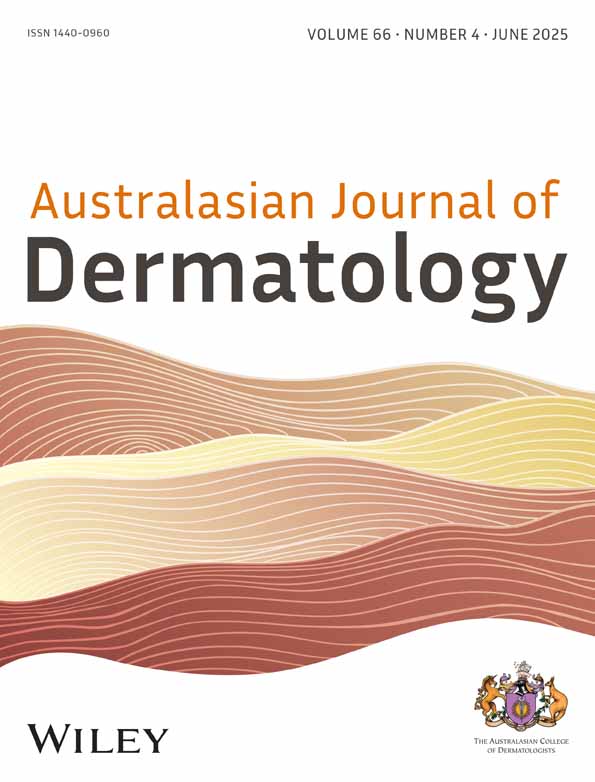Studies in long-pulsed potassium tritanyl phosphate laser for the treatment of spider naevi and perialar telangiectasia
Greg J Goodman, FACD. Stefania Roberts, FRACGP. Alex Bezborodoff, MB, BS.
SUMMARY
Utilization of a 1–10 msec vascular laser to treat facial vessels to limit purpura has become available in recent years. Its efficacy and morbidity in the treatment of common vascular lesions require exploration. We have assessed the relative outcomes and morbidity from a single treatment session of two patterns of ‘difficult to treat’ facial telangiectasia – perialar vessels and spider naevi – with such a system. Two prospective clinical studies with long pulse 532 nm potassium tritanyl phosphate (KTP) laser were performed with subjective and independent objective assessment at 3 days, 1 week and 4 weeks in both studies. Perialar vessels showed good to excellent improvement subjectively at 4 weeks in 53% (8/15), spider naevi in 83% (20/24). Pain of treatment was substantially greater treating perialar telangiectasia than when treating spider naevi (P < 0.01). Morbidity was low in both groups with no long-term complications. Despite the clinical end-point of vessel disappearance at time of treatment and good early improvement in the appearance of perialar vessels, the failure rate was significant at 1 month follow up. It would appear that spider naevi behave more predictably, with vessel disappearance at time of treatment most often forecasting a successful outcome. Although not statistically significant, spider naevi probably respond better than perialar vessels to a single treatment with this laser.




